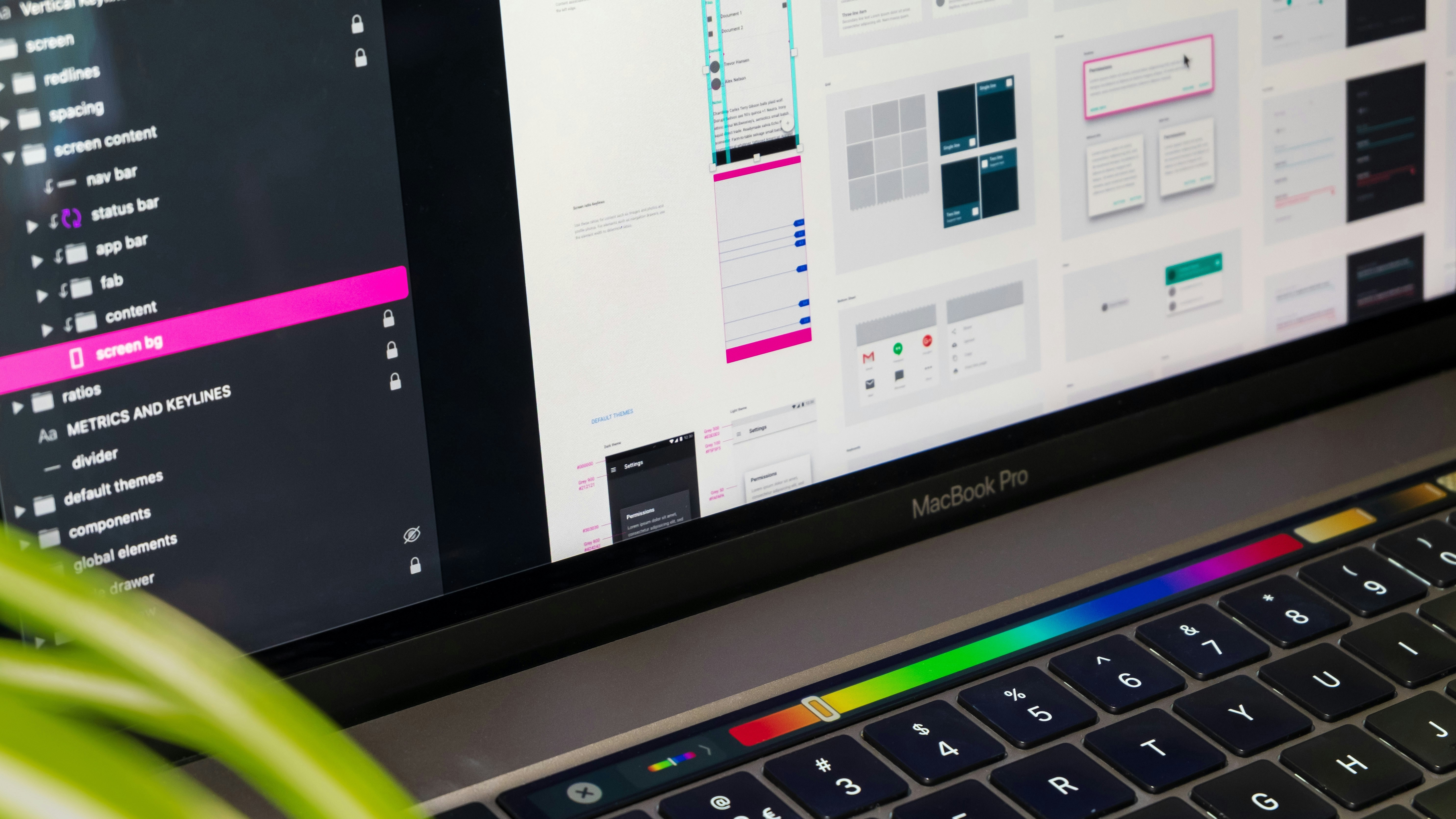Why Prompt Engineering Isn’t Enough: The Shift Toward Agent Design Thinking


Why Prompt Engineering Isn’t Enough: The Shift Toward Agent Design Thinking
1. Introduction: Prompts Got Us Started — Now What?
Prompting large language models (LLMs) opened the door to rapid AI prototyping. But as the use cases grow more complex — spanning multiple steps, tools, or decisions — teams are realizing that good prompts alone aren't enough. We're entering a new era: Agent Design Thinking.
2. Prompting vs. Agent Design: What’s the Difference?
Prompt engineering is about instructing a model in natural language. Agent design is about orchestrating behavior — thinking in terms of inputs, memory, tools, logic, and goals.
Key shift: from single interaction → end-to-end workflows.

3. Why This Shift Matters
- Complexity Scaling: Real-world tasks (e.g. booking travel, triaging support, automating reports) involve multiple decisions, not just one response.
- Human-AI Collaboration: Agent design allows for escalation logic, user context, and fallback behavior — much closer to how teams actually work.
- Performance & Safety: Agents can be monitored, constrained, and improved over time — unlike raw prompt chains.
4. Core Principles of Agent Design Thinking
Just like UX designers think in terms of flows and screens, agent designers think in loops, states, and goals.
- Goal Orientation: What is the agent trying to accomplish? Not just what prompt to send.
- Memory & Context: Should it remember past actions, or reset every time?
- Tools & Actions: Can it send an email? Call an API? Write to a database?
- Feedback Loops: How does it know if it succeeded or failed?
- Escalation Paths: When should a human step in?
5. Real-World Examples
- Customer Support: Beyond a chatbot, imagine an agent that understands FAQs, looks up order history, checks return policy, and only escalates when needed.
- Marketing Ops: An AI that drafts newsletters, A/B tests subject lines, and logs performance in a dashboard — without being manually prompted each time.
- Recruiting: Agents that screen resumes, schedule interviews, and sync with HR systems.
6. Getting Started: Think Like a Systems Designer
If you're building with AI today, consider:
- What’s the full workflow?
- Where should the AI take initiative?
- What tools or data sources does it need access to?
- What’s the “reset” point?
Even if you're using no-code platforms like Make.com or AI wrappers like LangChain or CrewAI, applying agent design thinking gives your builds more clarity, structure, and resilience.
7. Final Thoughts
Prompt engineering was the spark — but it’s not the destination. As AI shifts from tools to teammates, it’s time to embrace a broader mindset.
Designing great agents isn’t just about better prompts. It’s about systems, behavior, and collaboration between human and machine.


.svg)


.svg)


.svg)





.svg)

.jpg)
